Editor’s note: Animals have always been important to dog and cat lovers. But now when we’re all struggling with cabin fever on an apocalyptic scale, they are downright indispensable. What wonderful company they are, curling up beside us as we re-watch all seven seasons of Madmen or gazing into our eyes with a steadiness that soothes the panic. We recently heard from one reader who has adopted a black-and-white mutt with a Churchillian jaw. “We decided we needed a positive to help us get through however long this is going to be. So we we are giving and receiving unconditional love,” she says.
Indeed, animal shelters are in crisis right now, NPR reports. Many have had to close down, and fearing the arrival of new litters and abandoned animals with no one to adopt them, they are racing to empty kennels before they are forced to resort to euthanasia. This is certainly a good time to take in a shelter animal, and we thought it was also a good time to re-run the following excerpt about how rescue animals improve our lives.
***
A few years ago, when my co-author and I began writing Mutual Rescue: How Adopting a Homeless Animal Can Save You, Too, we thought we had a grasp of the reasons why rescuing a shelter animal can have such a meaningful impact on people. But understanding what a pet’s love does for us is far more complex than either of us had ever imagined. As we talked to women and men whose lives had been changed—often saved—by a cat or dog they’d found roaming the streets or adopted from a shelter, we were floored by the depth and dimension hidden beneath the surface of the familiar question, “Who rescued who?”
Pets give shape to lonely people’s days. They provide an anchor for those who are untethered. They compel responsibility from those who are self-destructive. They offer a sense of safety for those who’ve experienced trauma. They restore faith in the power of relationships in those who’ve lost trust in other people. They make life more livable. And, for those teetering on the brink, they make it worth living.
Thanks to the thriving new area of human-animal bond research, science is now beginning to explain the reasons we connect so deeply with animals. Turns out they’re as diverse as they are deep-seated, with roots that extend tens of thousands of years into the past, when early humans formed an unlikely alliance with wolves and a mild obsession with the exotic predecessors of the modern housecat. Throughout our millennia of shared history, animals have studied us and become familiar with our ways, developing, through a happy quirk of evolution, not only a fierce devotion to us but also an uncanny ability to read our cues and understand our needs.
From the moment we heard about Nora Delaney’s experience with her rescue puppy, Max, we were struck by how poignantly it captures this preternatural ability so many pets possess—to see us, support us and adore us just as we are.
Read More: The Other Female in Our Bed—And Why I Welcomed Her
A Helping Paw After Surgery
In 2010, Nora Delaney, of San Jose, California, was recovering from her 11th hip surgery in eight years—the result of congenital arthritis that had plagued her since birth. She and her husband had been talking about getting a dog for a couple of years, and, as she sat in her wheelchair, she decided the time had come. “We hoped to be able to train a dog to do things for me that I couldn’t do—but I figured at the very least a dog would be good company while I healed,” says the operations director at a tech firm.
They went online and found a four-month-old puppy that had been rescued, along with his two brothers, from an industrial section of Bakersfield and taken to Animal Friends Rescue Project in Pacific Grove, not far from the Delaneys’ home. The online listing said the dog was a dachshund–cocker spaniel mix. “He was just 11 pounds and looked like a mini golden retriever,” says Nora.
When Nora and her husband went to the shelter, an employee let the puppy out of his kennel to meet the couple. “He licked my husband’s toes, then ran to the toy bin, grabbed a rubber chicken, and put it at my feet, his tail going a million miles an hour,” she recalls. “We took him out for a short walk to make sure he wouldn’t get underfoot when I was using crutches, and he was perfect.He maintained a safe perimeter around me. He seemed to know instinctively not to get too close.”
Read More: Cookie Spitting and Canine Crack: One Wild Week at Dog Boot Camp
The Moment Max and I Bonded
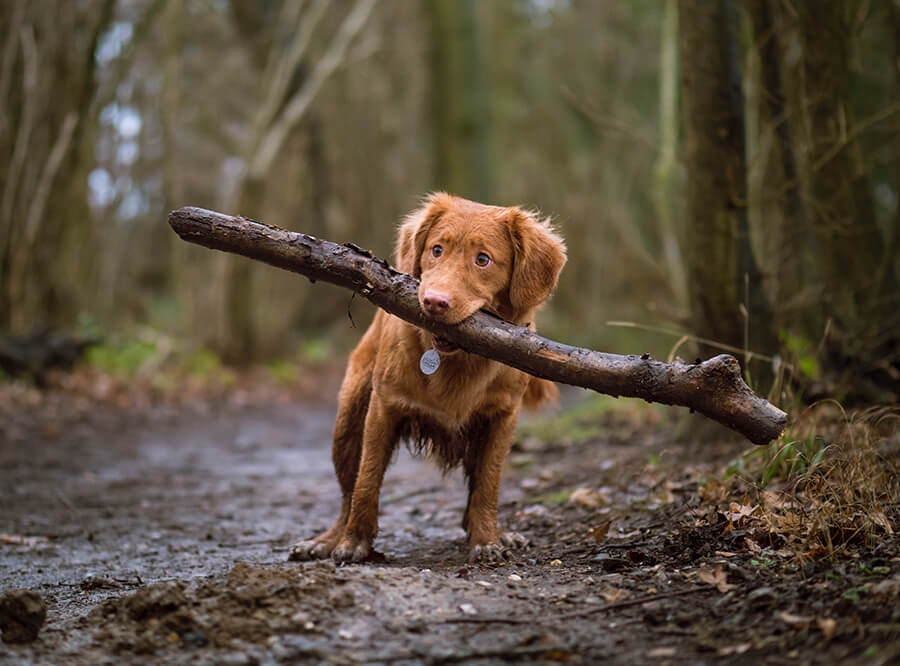
Image: Jamie Street/Unsplash
The Delaneys named their wriggly new charge Max and began reading books and watching videos about dog training so Nora’s husband could teach the energetic pup to do things for her. Nora loved watching Max learn, but because she wasn’t the one doing the training, she didn’t feel an intense connection to their new dog. That all changed one day about two months after they brought Max home.
“My husband wasn’t home, so it was just Maxie and me—and he got his front paw caught in his training harness,” she recalls. “The harder he struggled to free himself, the more the harness tightened around his neck. I wheeled my chair as close to Max as I could get, and told him to come, but he wouldn’t do it. I was frantic, because I thought he was going to strangle himself. I was just about to throw myself on the floor, which would have set my healing back, but I said one more time, ‘Max! Come!’ He recognized my desperation. So he scooched toward me, got himself up onto his hind legs, and put his head and torso on my lap so I could remove the harness. When I finally got him disentangled, I looked at him and he looked at me and we just connected. It was like we realized we could trust each other. Our lives were never the same.”
After that experience, Max seemed to understand that there were lots of things he could do that Nora couldn’t—and he quickly picked up how to help. “Within a few weeks he was able to fetch my cell phone and bring me his bowl at mealtime and put away his own toys and bring me his leash,” Nora says. “Once I was able to walk again, I still could only bend ninety degrees at the waist, and that’s true to this day. So Max got in the habit of following me around the house. If I drop something he picks it up. I don’t even have to say anything anymore. He just picks up Kleenex or lipstick or whatever and follows me until I get somewhere I can sit down. Then he gives it to me.”
Little Dog, Big Heart
When they’re out of the house, Max helps her as well. “He’ll fetch items off low shelves at Home Depot, and when we’re at the farmer’s market he’ll grab every bag of produce I buy and take it to my husband so I don’t have to carry it. He’s so cute and smart that people are constantly asking me what breed he is, and I tell them he’s one hundred percent pure-bred American mutt. He’s the best ambassador for rescue animals. Everyone is amazed at what he can do—but no one more than me. I had no idea how much his companionship and his ability to know what I need would improve my life.”
He also brings her comfort. “When I’m in pain he’ll lie down next to me. He’s so empathetic, he even winces and cries sometimes. And he watches me constantly. It’s the funniest thing. He just stares at me. It’s like he’s always trying to figure out what I want. He knows his job is to help me, and he takes it seriously. When you can’t walk properly, you start to feel very different from everyone else, but Max doesn’t treat me like I’m different. He treats me like I’m special. It’s quite wonderful. Together, he and I are a force to be reckoned with.”
Read More: 6 Things My Cats Taught Me About Aging Gracefully
***
Excerpted from the book MUTUAL RESCUE: HOW ADOPTING A HOMELESS ANIMAL CAN SAVE YOU, TOO by Carol Novello with Ginny Graves. Copyright © 2019 by Carol Novello and the Humane Society Silicon Valley. Reprinted with permission of Grand Central Publishing. All rights reserved.

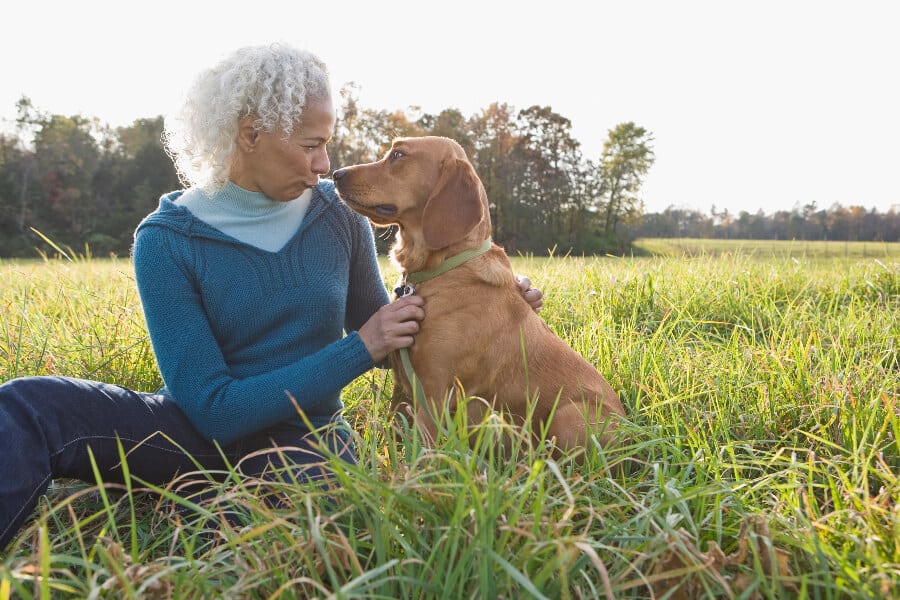
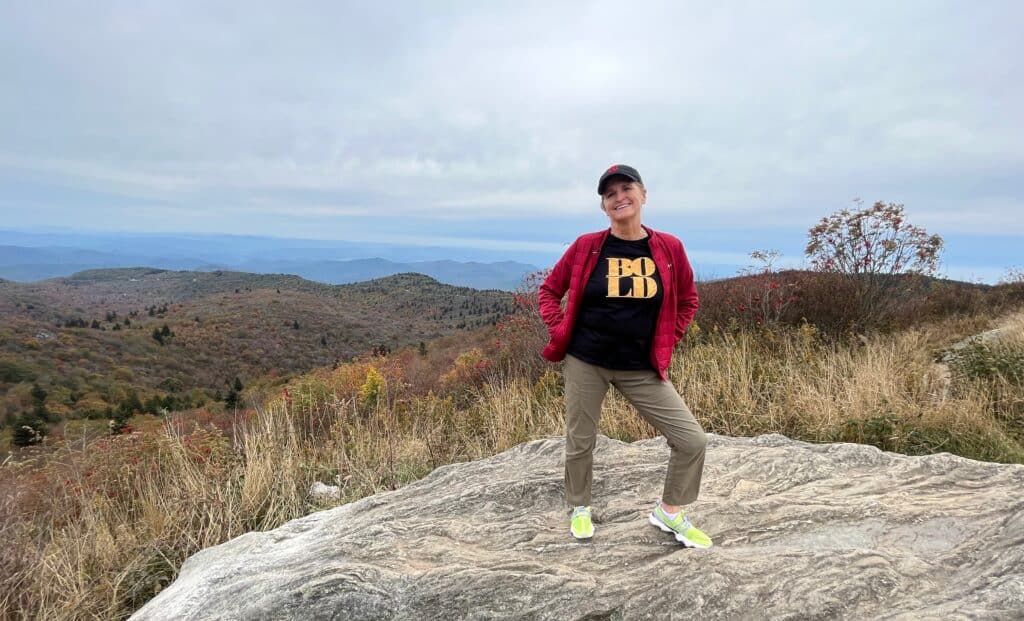















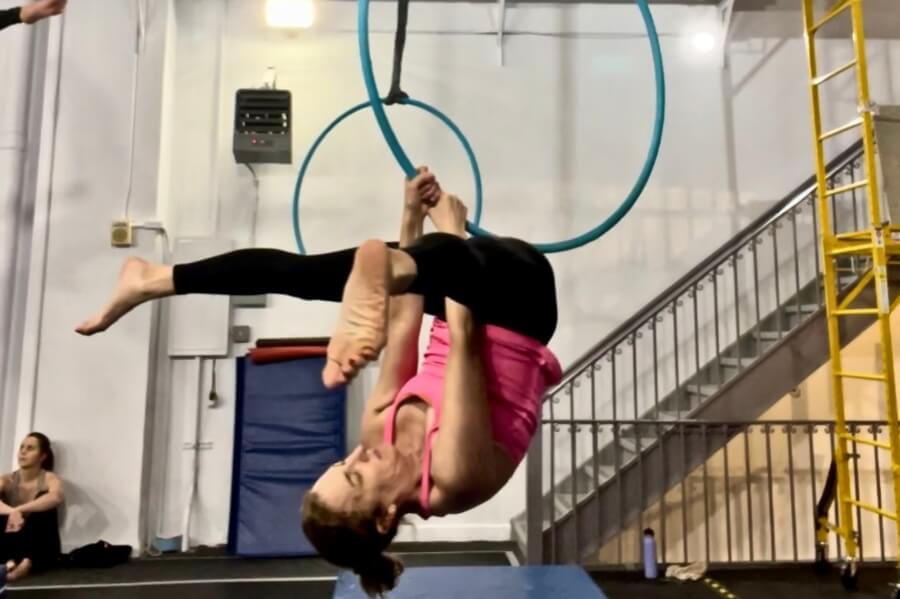

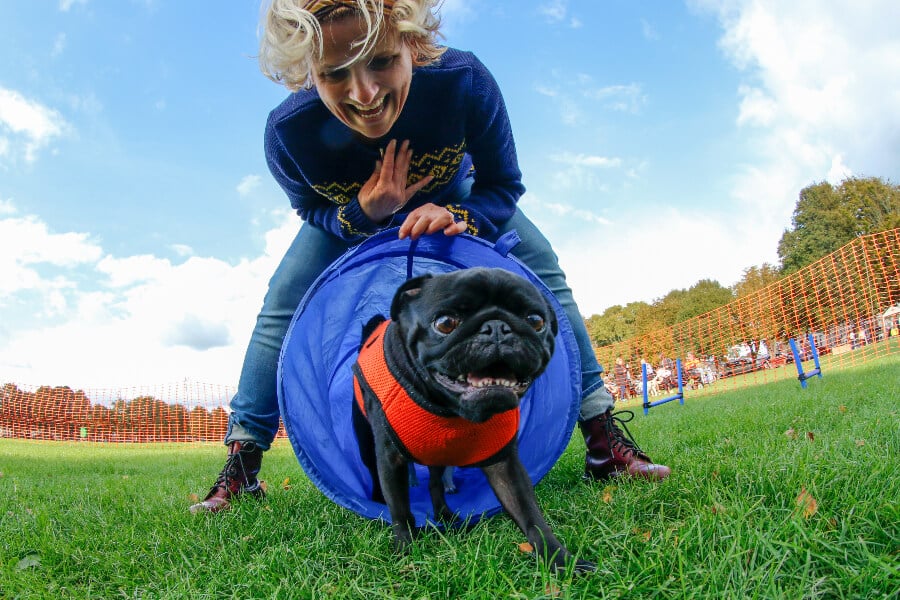
0 Comments